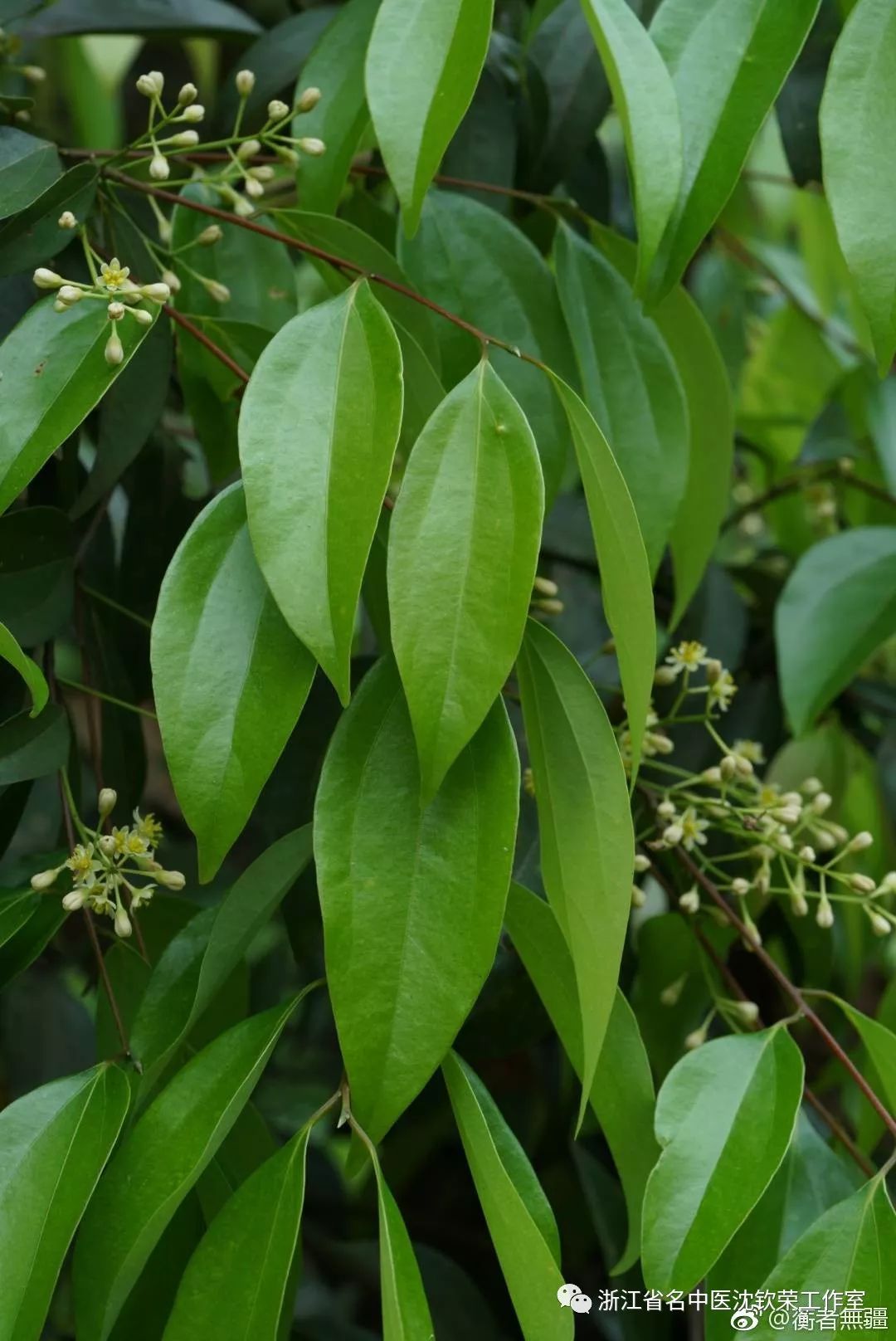Cinnamon (Rou Gui)
Cinnamomum cassia Presl
Cinnamon is a plant from the Lauraceae family. It is a tall evergreen tree with a fragrant aroma. The bark is gray-brown, thick up to 13mm, with a strong scent and a spicy yet slightly sweet taste. The leaves are alternate or nearly opposite, thick and leathery, elongated oval or lanceolate, with three prominent veins at the base and wavy transverse veins that are nearly parallel. The inflorescence is a cone-shaped cluster that is axillary or near the top, measuring 8-16cm in length, with three levels of branching, and the ends of the branches bear clusters of three flowers. The peduncle is about half the length of the inflorescence, and the axes are covered with yellow down. The flowers are small and yellowish-white. The fruit is oval-shaped, about 1cm long and 7-8 (9) mm wide, turning black-purple when ripe.
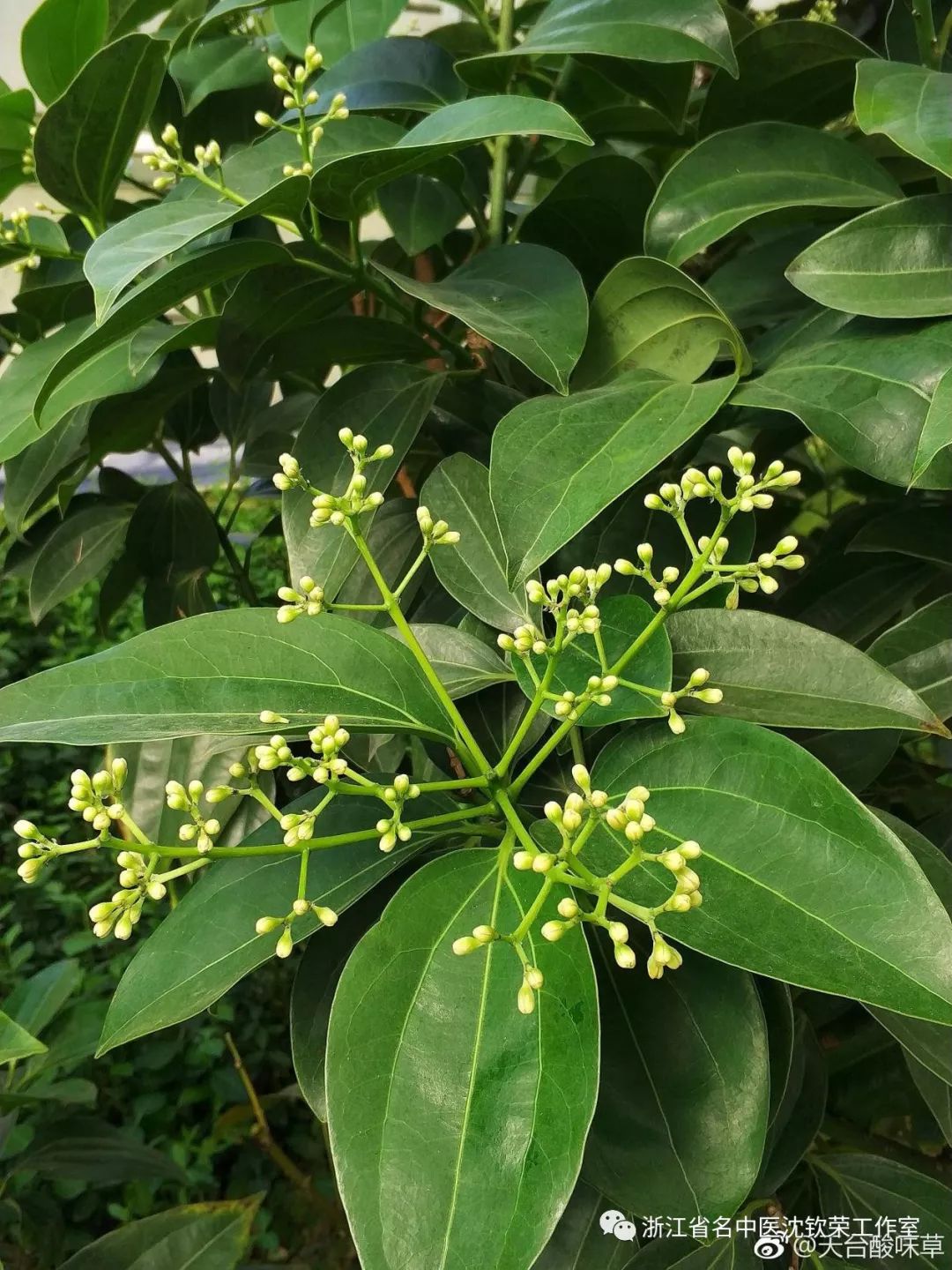
【Medicinal Part 1】 The dried bark is used as cinnamon. It is mainly produced in Guangxi and Guangdong, now widely cultivated, growing in evergreen broadleaf forests, harvested in summer and autumn, and dried in the shade.

【Characteristics of the Medicinal Slice】 Usually curled pieces or strips, with a gray-brown outer surface, slightly rough and flexible, and a red-brown inner surface that is smooth. Scratching with a nail reveals oil marks; it is hard and brittle, with a strong aroma and a taste that is sweet at first and then spicy.
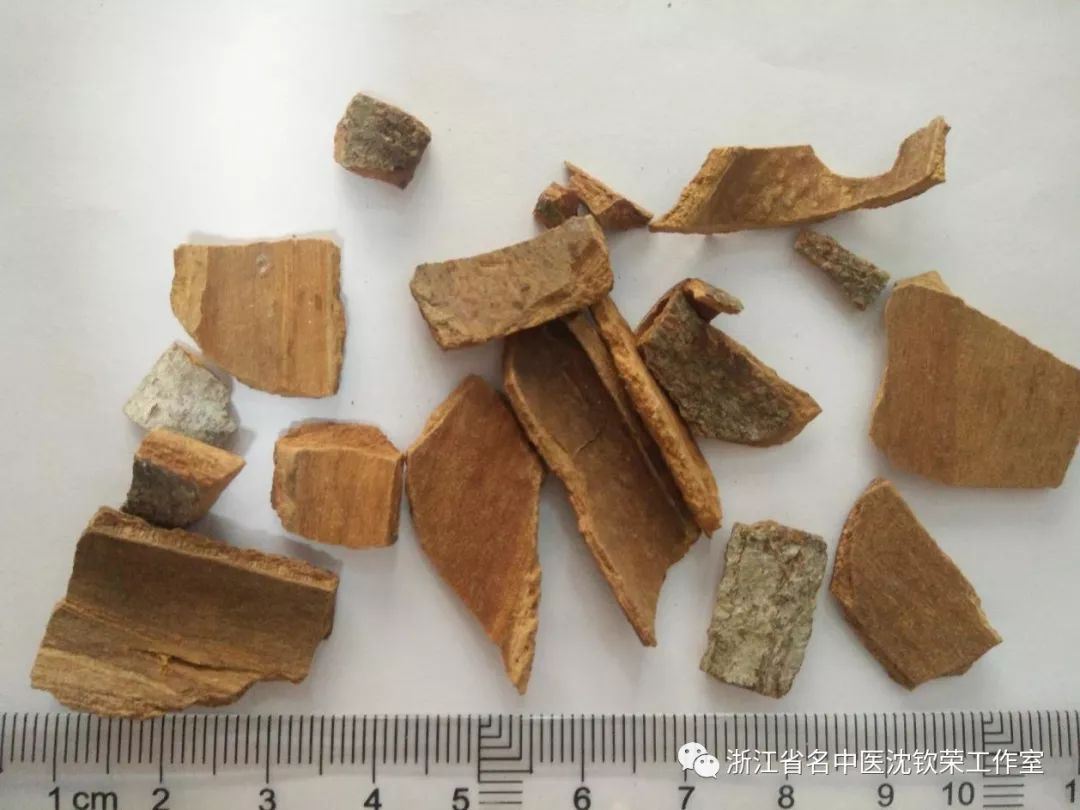
【Nature and Taste】 Very hot in nature, with a spicy and sweet taste, entering the Kidney, Spleen, Heart, and Liver meridians.
【Efficacy and Indications】 Tonifies fire and assists Yang, disperses cold and alleviates pain, warms and unblocks the meridians, and directs fire back to the source. It is used for impotence due to cold in the womb, cold pain in the lower back and knees, cold pain in the heart and abdomen, deficiency cold vomiting and diarrhea, cold hernia abdominal pain, dysmenorrhea and amenorrhea, cold damp bi pain, yin sores and flowing sores, kidney deficiency causing wheezing, floating of deficient Yang, dizziness, and red eyes.
【Medicinal Part 2】 The dried tender branches are used as Gui Zhi (Cinnamon Twig). Harvested in spring and summer, impurities are removed and dried; or sliced and then dried.
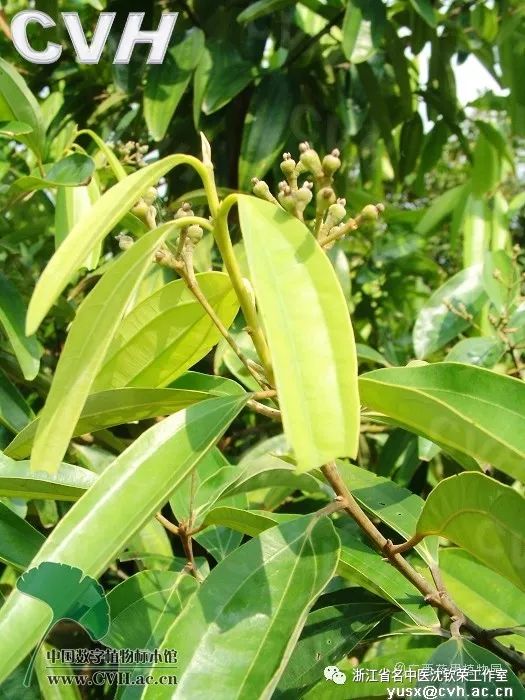
【Characteristics of the Medicinal Slice】 Thick circular slices or short segments, with a diameter not exceeding 1cm, brown to red-brown on the surface, with longitudinal ridges. The cross-section shows the bark as brown or red-brown, the wood as yellow-white or light brown, and the pith is slightly square. It is hard and brittle, with a distinctive aroma, sweet and slightly spicy taste.
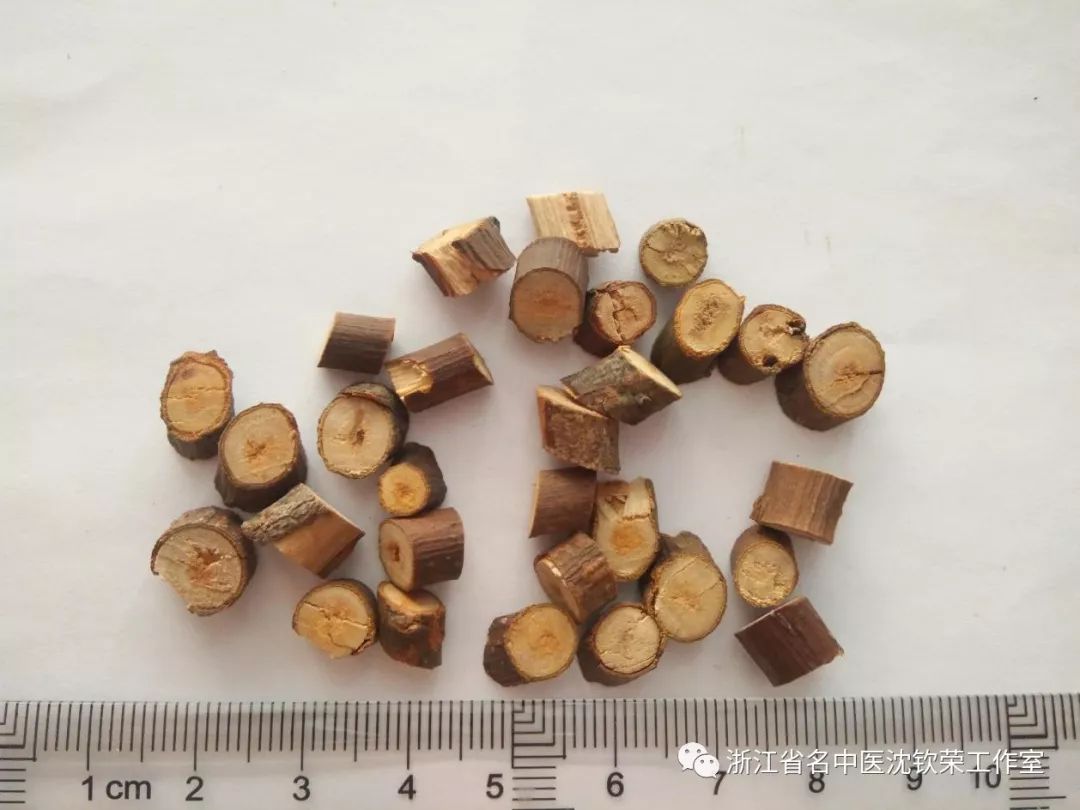
【Nature and Taste】 Warm in nature, with a spicy and sweet taste, entering the Heart, Lung, and Bladder meridians.
【Efficacy and Indications】 Induces sweating and relieves muscle tension, warms and unblocks the meridians, assists Yang and transforms Qi, and regulates Qi descent. It is used for wind-cold colds, cold pain in the abdomen, blood cold amenorrhea, joint bi pain, phlegm retention, edema, palpitations, and rebellious Qi.
【Medicinal Part 3】 The dried bark of young trees or thick branches is used as Gui Er Tong. Harvested in spring and summer, peeled and sun-dried.
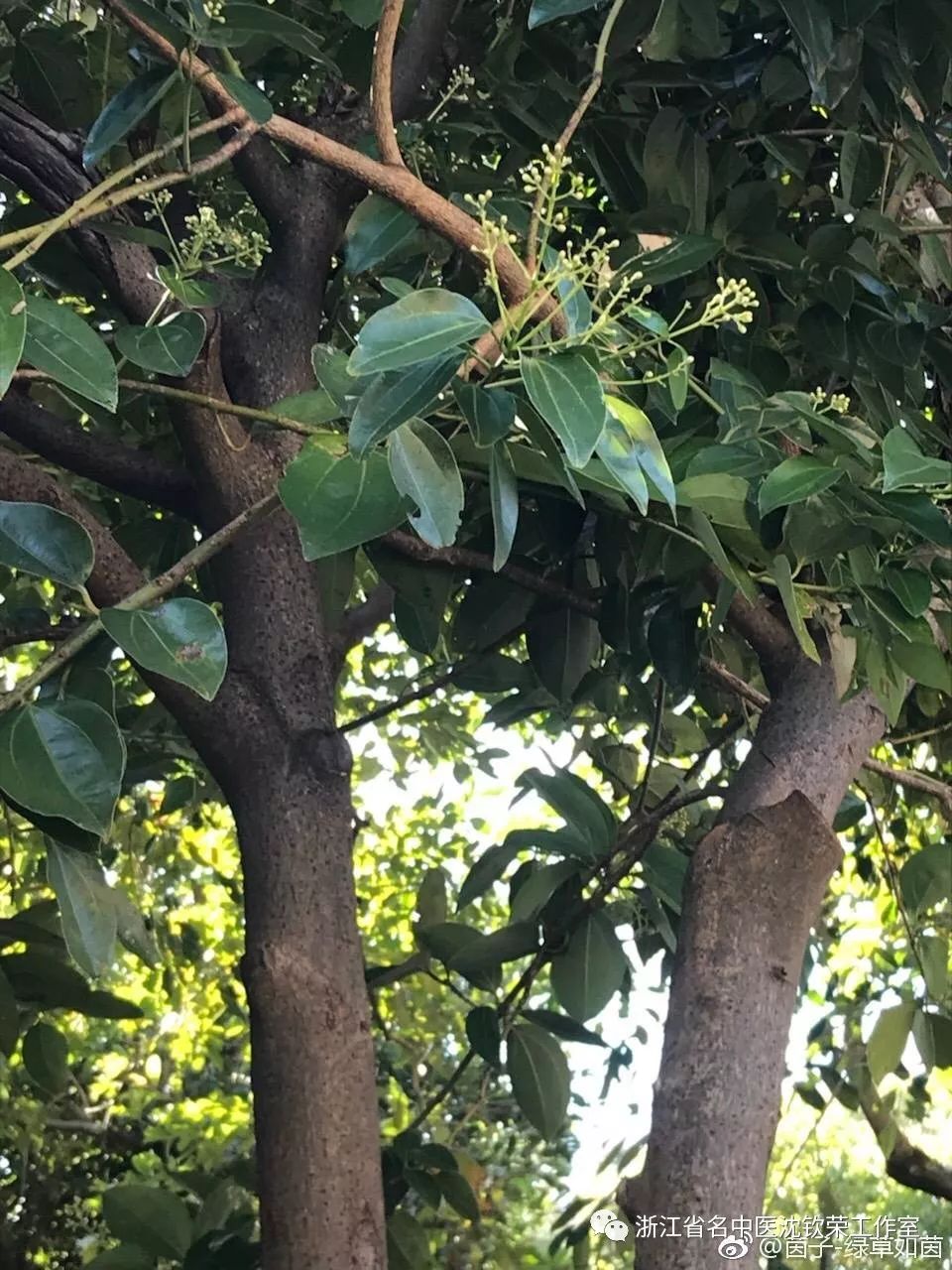
【Characteristics of the Medicinal Slice】 Irregular pieces that curl slightly inward, 2-3mm thick, with a smoother outer surface, or with yellow-brown and gray-blue spots. The inner surface is smooth, yellow-brown, red-brown, or brown, hard and brittle, with a yellow-brown fracture surface that is granular, aromatic, and sweet-spicy in taste.
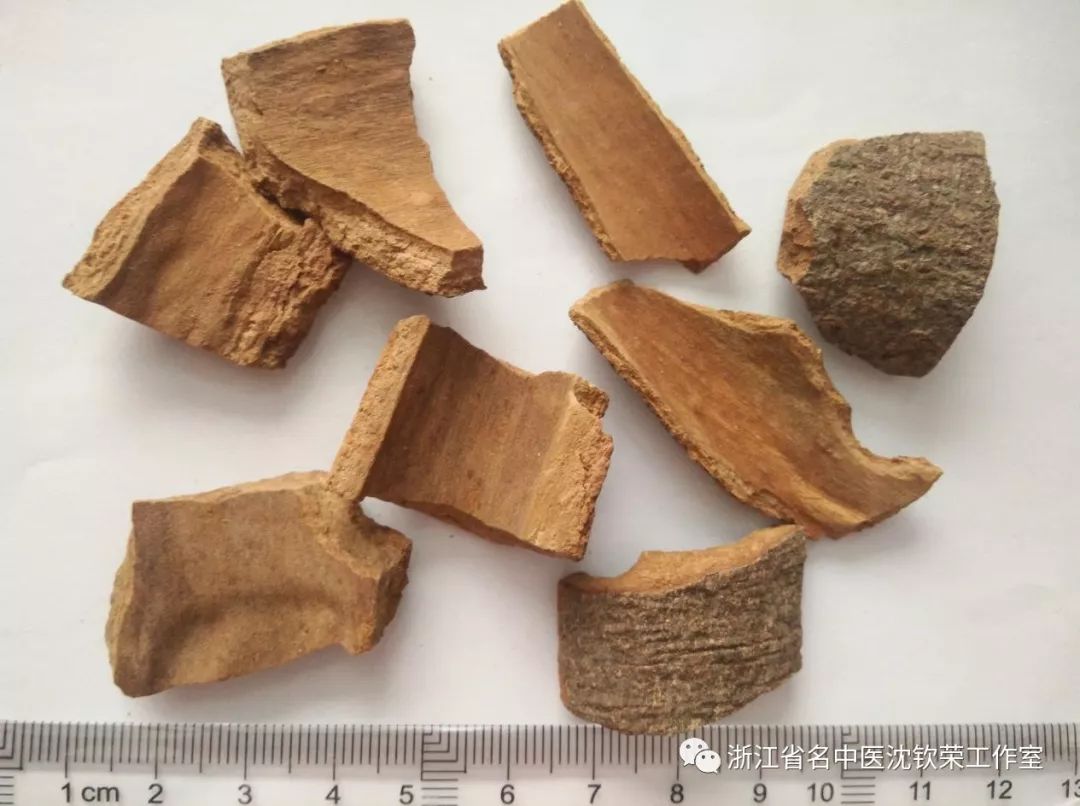
【Nature and Taste】 Very hot in nature, with a spicy and sweet taste, entering the Heart, Liver, Spleen, and Kidney meridians.
【Efficacy and Indications】 Warms the middle and tonifies Yang, dispels cold and alleviates pain. It is used for spleen and kidney deficiency cold, lower back and knee bi pain, kidney deficiency diarrhea, and amenorrhea.
【Medicinal Part 4】 The dried immature fruit with persistent calyx is used as Rou Gui Zi. Harvested in autumn when the fruit is not yet ripe, impurities are removed and dried.
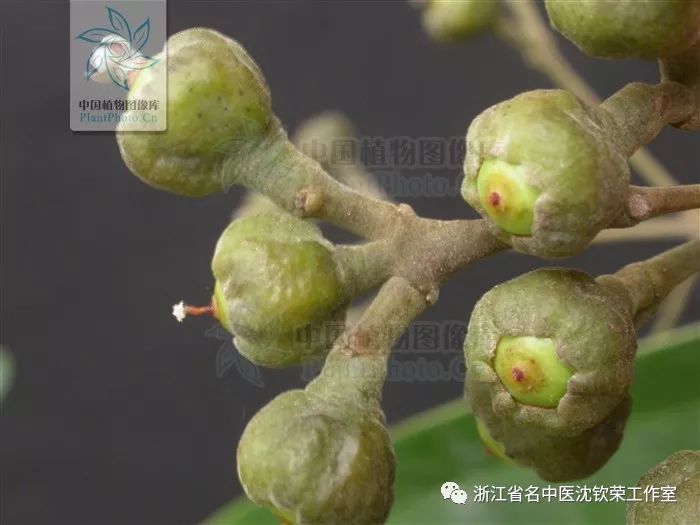
【Characteristics of the Medicinal Slice】 Inverted conical shape, with a calyx cup that has 6 shallow teeth along the edge. The surface is black to black-brown, wrinkled, and the lower part extends into a calyx tube, sometimes with a fruit stem. The immature fruit is slightly exposed, shiny, wrinkled, with a slightly prominent remnant of the flower column at the top, soft, brittle, aromatic, and sweet-spicy in taste.
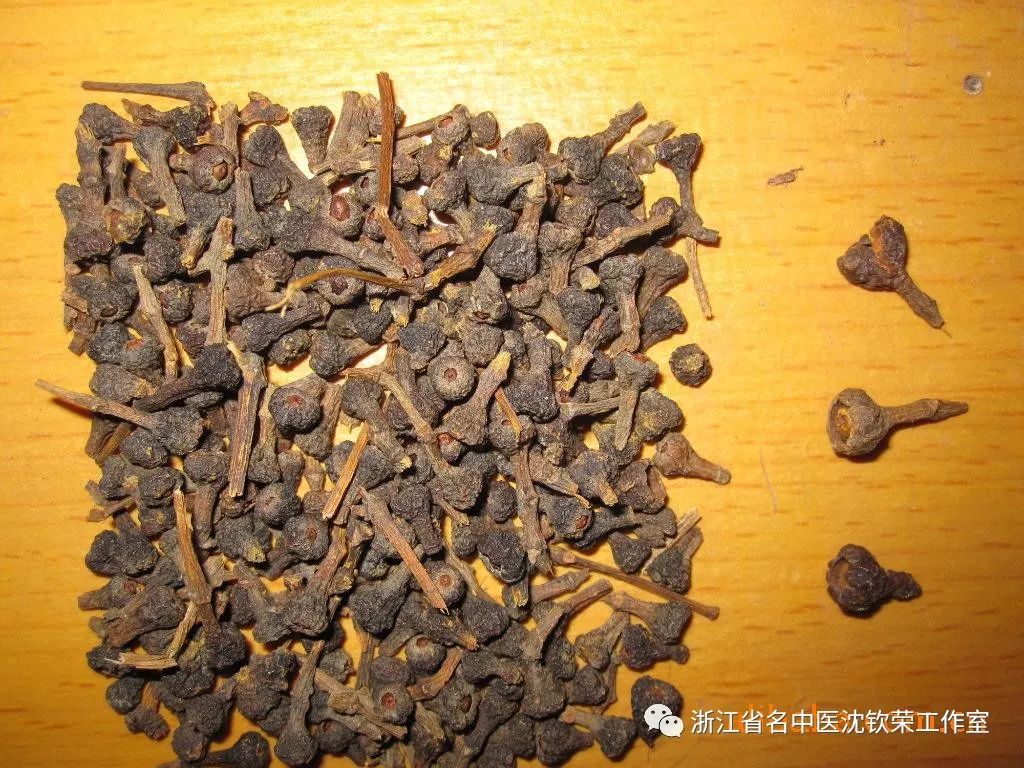
【Nature and Taste】 Warm in nature, with a spicy and sweet taste, entering the Spleen, Stomach, Kidney, and Lung meridians.
【Efficacy and Indications】 Warms the middle, disperses cold, and alleviates pain. It is used for cold pain in the stomach and abdomen, vomiting, and cough and wheezing due to lung cold.
【Identification Points】 The main difference between Yin Xiang and Cinnamon is that its cone-shaped inflorescence is shorter than the leaves, measuring (2) 3-6cm, with fewer flowers and a more dispersed arrangement; while the cinnamon’s cone-shaped inflorescence is 8-16cm long, nearly equal in length to the leaves, with the peduncle about half the length of the inflorescence. In terms of fruit, Yin Xiang has oval-shaped fruit, while cinnamon has oval fruit that is smaller than that of cinnamon.
